The company commits to guarantee 85% of capital sources.
CT Group has just sent the Government a document proposing to implement the Ho Chi Minh City - Can Tho high-speed railway line under the public-private partnership (PPP) method. In addition to information on the route and station planning similar to the plan reported by the consulting consortium TEDI SOUTH - TRICC - TEDI to the Ministry of Transport , CT Group plans to join forces with China Road and Bridge Corporation, China Power Construction Corporation; at the same time, is studying agreements to receive financial support packages for the project from major financial institutions such as the World Bank (WB), China Construction Bank, and the National Bank of China to ensure financial resources for the project. Of the total expected investment of 9.98 billion USD (more than 242,000 billion VND), the consortium contributes 85% of the capital, and the state about 15%.
In addition, this enterprise proposed to develop a plan to synchronously develop 12 urban stations along the route according to the TOD model (urban development associated with public transport), helping to shorten the capital recovery period from 50 years to 25 years and create development for provinces and cities. At that time, each station will be a modern construction with the identity of each province. From the station to a radius of 500 m is the commercial service belt, residential area, technology zone; the outer radius of 10 km is logistics and high-tech agriculture according to the green urban orientation.
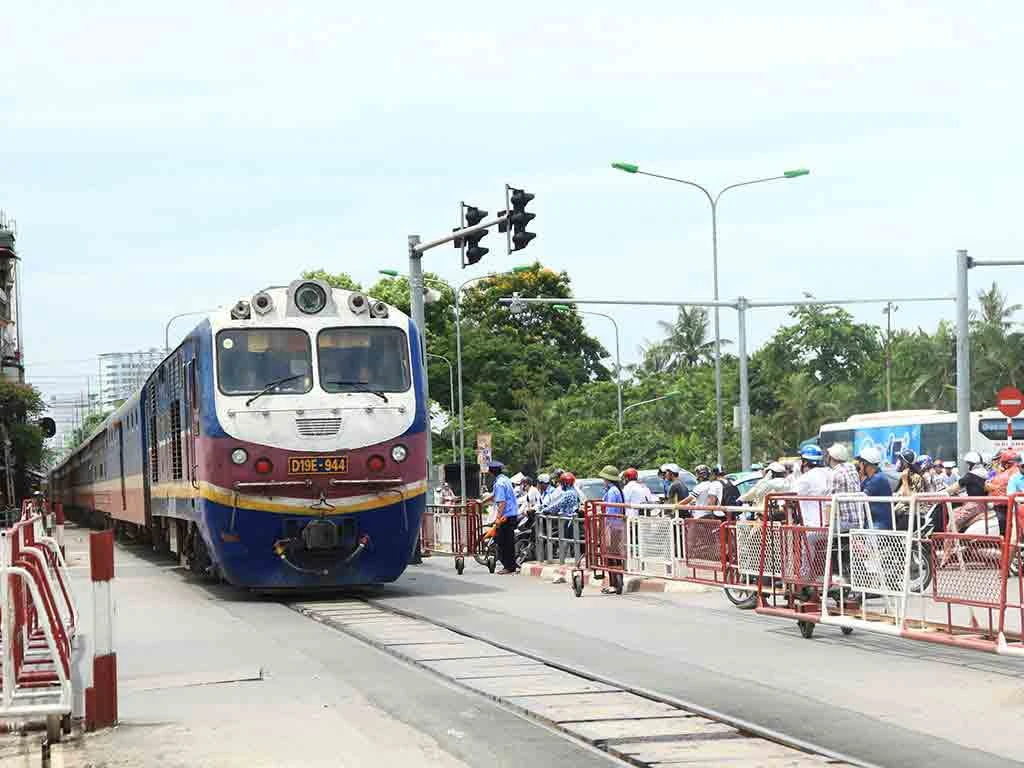
When formed, the high-speed railway will contribute to the economic breakthrough of the Mekong Delta region.
According to the explanation of CT Group's leaders, in the process of working with shareholders with experience in successful railways in Malaysia (also the unit that built the railway connecting Malaysia and Singapore) and the World Bank, the World Bank's experts recommended that if the synchronous development between traffic and industrial zones and commercial zones around that traffic axis could be done, the high-speed railway project could be successful. If it was purely traffic, the financial plan would be almost impossible. Therefore, CT Group proactively structured a joint venture with all the units that could do modules in such an economic structure.
"The geographical location of the Mekong Delta is quite special, it is one of the most valuable deltas in the world, with favorable rain, wind, and fertile land, but people in the West still leave their homeland to work elsewhere. The great potential of the Mekong Delta still has a lot of room for development in terms of transportation, economic development, and social infrastructure. However, because we do not have enough strength to do it all at once, we need to prioritize. The Ho Chi Minh City - Can Tho high-speed railway will bring breakthroughs and development to the Western region, transforming the West", CT Group leaders expect.
The fact that enterprises have guaranteed to contribute up to 85% of the total investment capital has opened up a great opportunity to make the "dream" of high-speed railway of the people in the Mekong Delta region come true; because previously, the leaders of the Ministry of Transport also admitted that capital is one of the biggest challenges of the Ho Chi Minh City - Can Tho high-speed railway project in particular as well as the completion of infrastructure in the Mekong Delta region in general. According to the Ministry of Transport, the demand for investment in developing transport infrastructure in the whole country is very large. The list of expected investment projects from 2026 - 2030 is about 200,000 billion VND. After this period, a public investment plan must be developed after 2030, in which capital needs and investment forms will be considered... The Mekong Delta region in particular is characterized by large fragmented terrain and weak geology with many rivers and canals. Large projects often have to deal with weak geology, making the investment rate of transport infrastructure projects very high. Therefore, although the amount of money spent is large, the number of projects, the length of routes as well as the scale are still modest. With such characteristics, when researching projects, the Ministry of Transport hopes to have good projects to call for investment resources from society in the context of limited resources of the country.
"But for the Mekong Delta region, choosing a good project in terms of finance is also very difficult. The Ho Chi Minh City - Can Tho railway is 174 km long, but according to preliminary calculations, the investment capital is up to more than 7 billion USD, equivalent to nearly 170,000 billion VND, which is very large. Therefore, developing industrial parks and projects around the route to effectively support investment activities and improve the financial feasibility of the project is very reasonable," said the leader of the Ministry of Transport.
Regional economic breakthrough
According to the plan being studied by the Ministry of Transport, the Ho Chi Minh City - Can Tho high-speed railway is a double-track line, using a standard railway gauge of 1,435 mm, with a design speed of about 190 km/h for passenger trains and 120 km/h for freight trains. Thus, after completion, the travel time from Can Tho to Ho Chi Minh City will only take 75 - 80 minutes.
The consulting unit assessed that railways have outstanding advantages compared to other means of transport. A 1,435 mm gauge double track has the transport capacity of 10 10-lane expressways. This is a means of transport with large carrying capacity, safety, punctuality... and can develop urban combined traffic around passenger and freight station areas (TOD model). Meanwhile, the forecast traffic density along the Southeast and Mekong Delta corridor is very large, reaching about 27 million passengers/day and night and 54 million tons of cargo/day and night by 2055, but current modes of transport have not met the demand. This is a bottleneck hindering the development of the Mekong Delta region. Therefore, before 2034, this high-speed railway must be formed to share the transport pressure, meet the transport needs, and promote the socio-economic development of the entire southern key economic region.
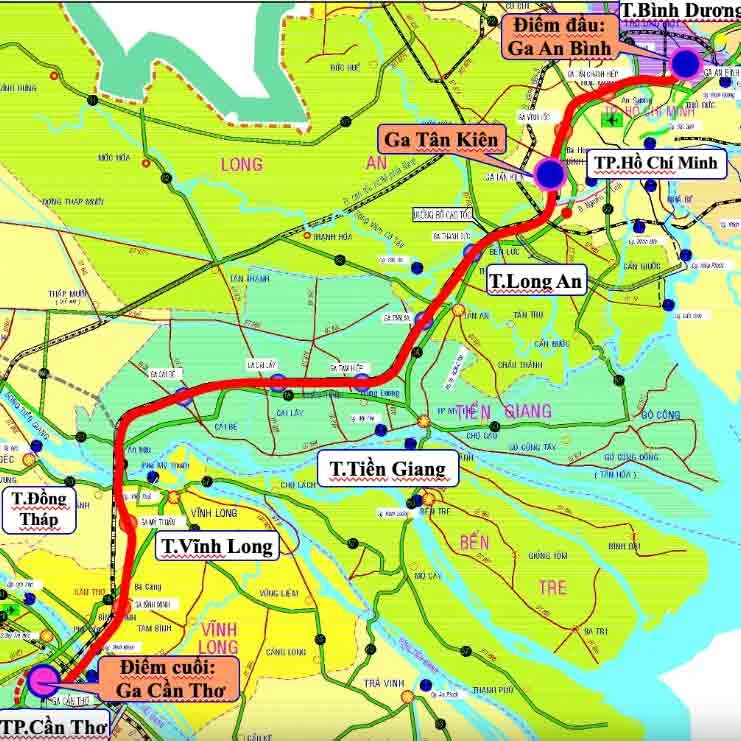
According to the plan, the Ho Chi Minh City - Can Tho railway line starts from Binh Duong (An Binh station) to Can Tho (Can Tho station), passing through 6 provinces and cities with a total length of 174 km.
When working with the Ministry of Transport and provinces and cities on this project, Chairman of the Ho Chi Minh City People's Committee Phan Van Mai also expressed the view that the project needs to be approached from the perspective of transportation coming first, orienting to open roads to create development space, contributing to the development orientation of the Mekong Delta region, creating new momentum for the economy of the entire southern key region. From there, properly assess the necessity of this project. With such an approach, Mr. Phan Van Mai said that it is necessary to urgently deploy early, basically complete the dossier before 2025, and implement the project in the period 2025 - 2030. Ho Chi Minh City leaders also support the call for socialization and the formation of urban stations along the route. Urban station models are very important, helping to reshape the urban area, restructure the population and restructure the infrastructure for production and services, from which there are resources to implement the project.
As a person who participated in the project of the Ho Chi Minh City - Can Tho high-speed railway, Mr. Ha Ngoc Truong, Vice Chairman of the Ho Chi Minh City Bridge, Road and Port Association, affirmed that this is a project of important significance. When there are businesses interested and committed to finance, it needs to be quickly implemented. After completion, the project will bring great economic, cultural and social benefits to the entire large southern economic region. Ho Chi Minh City is the center of the southern key economic region in the Southeast, Can Tho City is the center of the Mekong Delta key economic region, the gateway to the southwestern region. The forecast of the JICA (Japan) research team said that by 2030, the volume of passenger transport on the Ho Chi Minh City - Can Tho corridor will increase 4.8 times compared to 2008, the volume of freight transport will also increase 3 times. Investing in building a railway connecting two major economic centers to serve economic development, security and national defense is necessary.
"Developed countries such as Japan and South Korea pay great attention to developing high-speed railways, this type of transport is capable of competing with aviation and road transport. From Ho Chi Minh City to Can Tho only takes 75 - 80 minutes, this will be a very good condition for trade, promoting economic and inter-regional cultural exchange. At the same time, the large volume of transport will significantly reduce traffic jams, road overload, reduce emissions and reduce environmental pollution."
Mr. Ha Ngoc Truong , Vice President of Ho Chi Minh City Bridge, Road and Port Association
Source link



![[Photo] National Assembly Chairman Tran Thanh Man holds talks with South Korean National Assembly Chairman Woo Won Shik](/_next/image?url=https%3A%2F%2Fvphoto.vietnam.vn%2Fthumb%2F1200x675%2Fvietnam%2Fresource%2FIMAGE%2F2025%2F11%2F20%2F1763629724919_hq-5175-jpg.webp&w=3840&q=75)

![[Photo] Lam Dong: Panoramic view of Lien Khuong waterfall rolling like never before](/_next/image?url=https%3A%2F%2Fvphoto.vietnam.vn%2Fthumb%2F1200x675%2Fvietnam%2Fresource%2FIMAGE%2F2025%2F11%2F20%2F1763633331783_lk7-jpg.webp&w=3840&q=75)

![[Photo] President Luong Cuong receives President of the Senate of the Czech Republic Milos Vystrcil](/_next/image?url=https%3A%2F%2Fvphoto.vietnam.vn%2Fthumb%2F1200x675%2Fvietnam%2Fresource%2FIMAGE%2F2025%2F11%2F20%2F1763629737266_ndo_br_1-jpg.webp&w=3840&q=75)
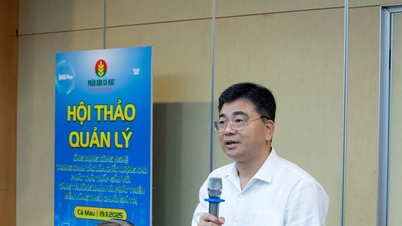













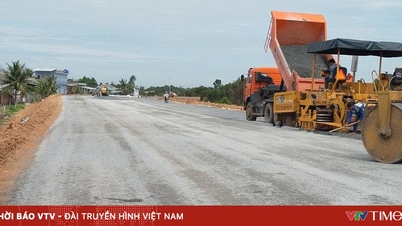

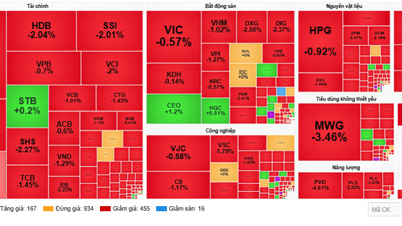










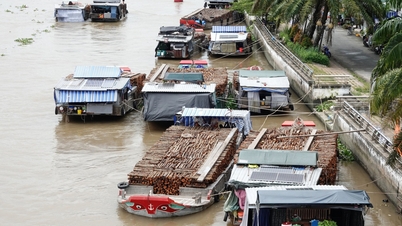

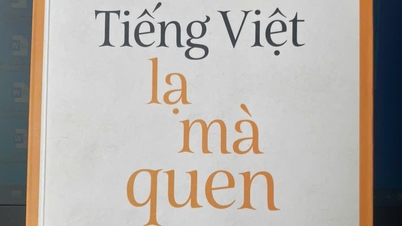



















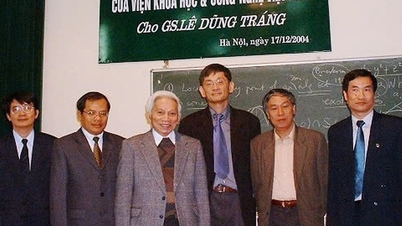






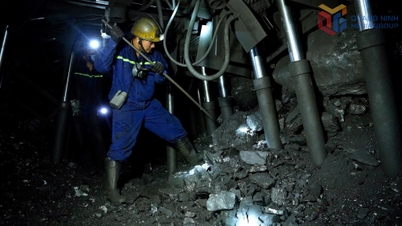


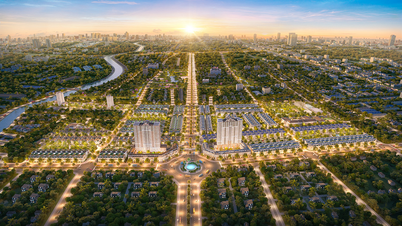
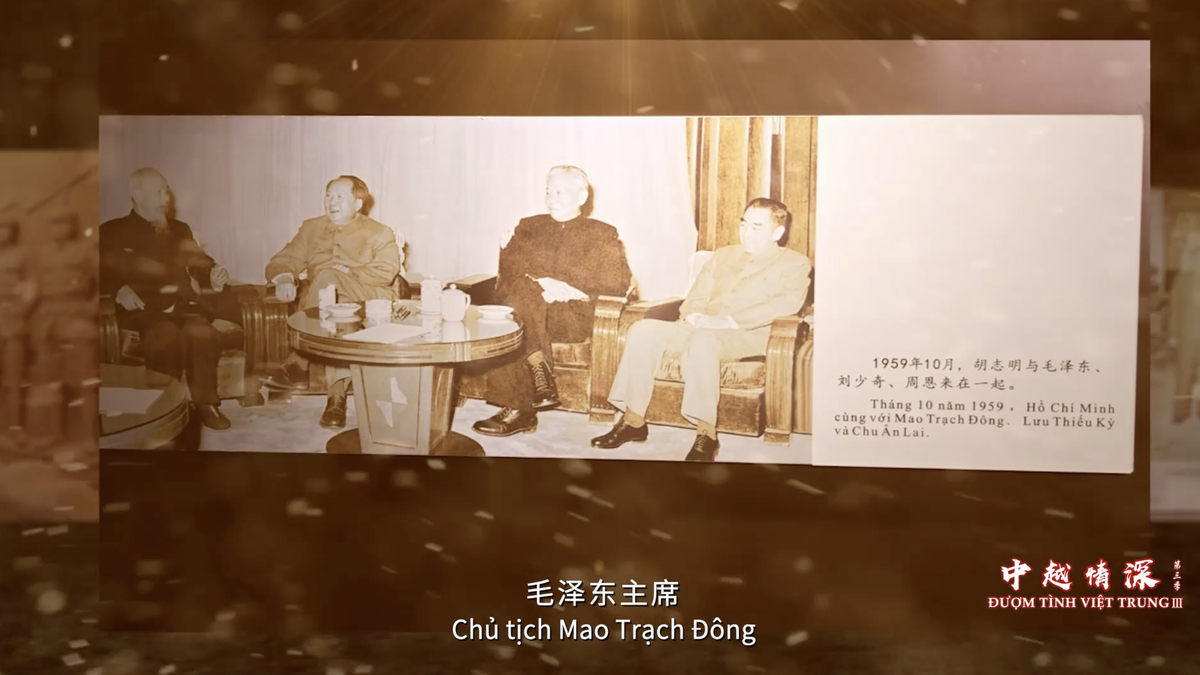

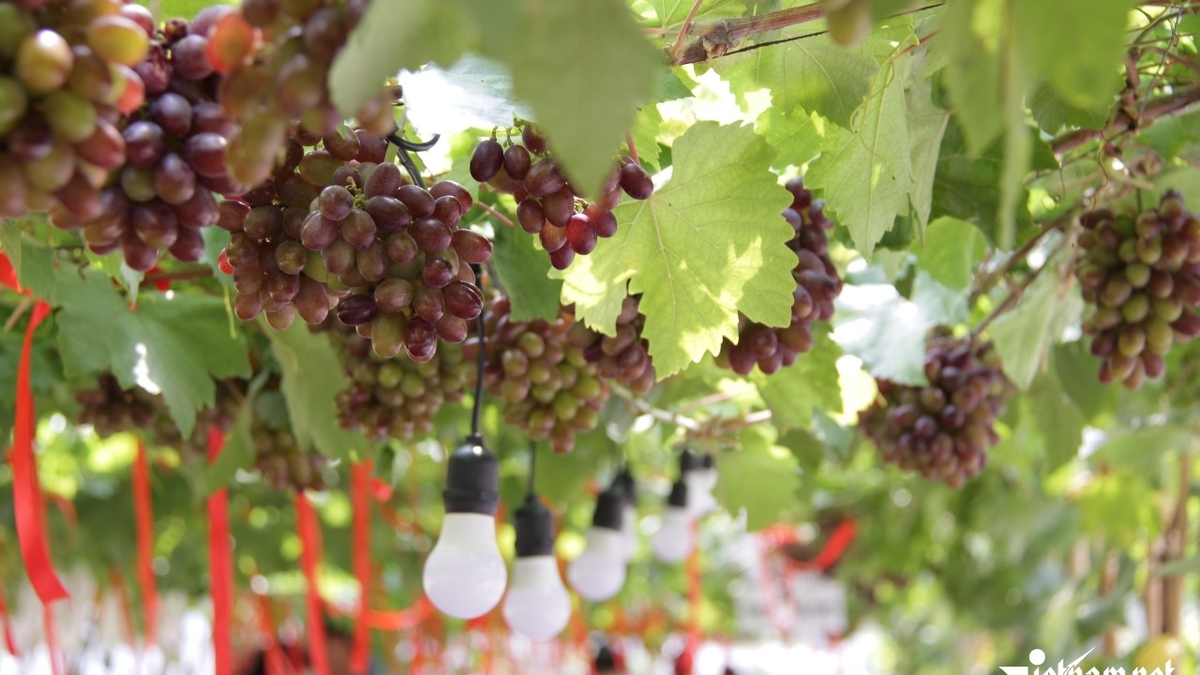


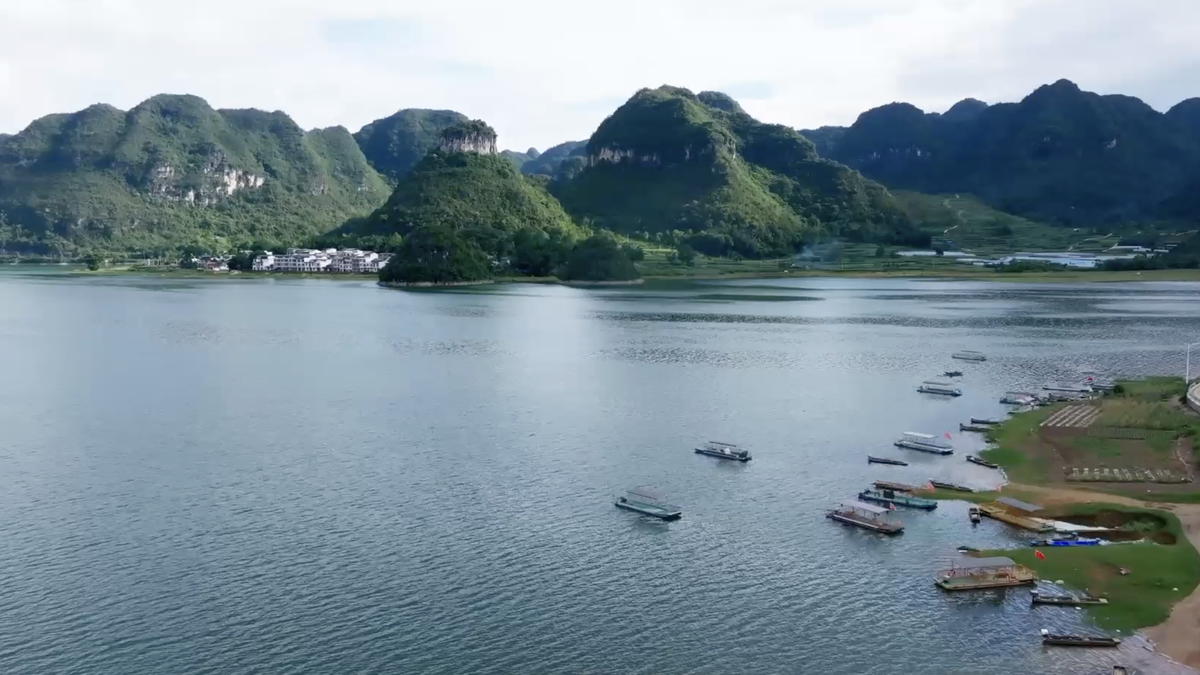







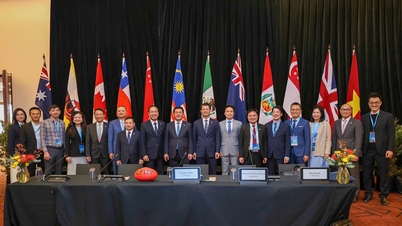
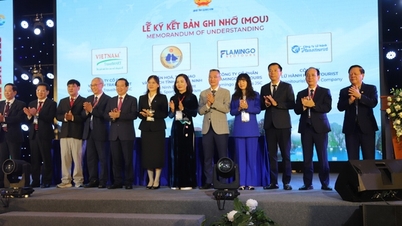

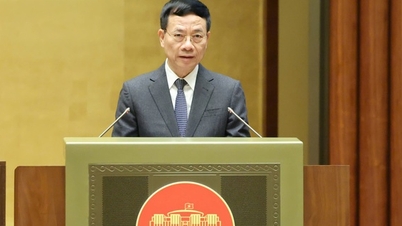





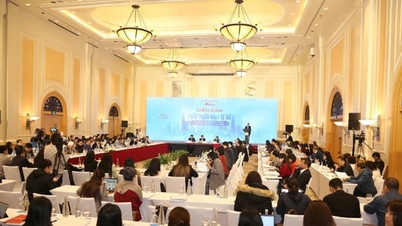


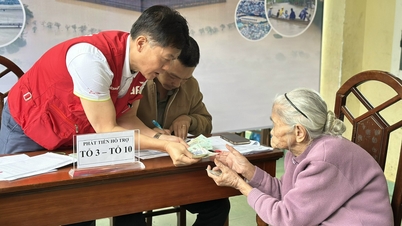


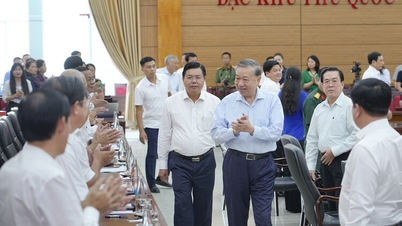
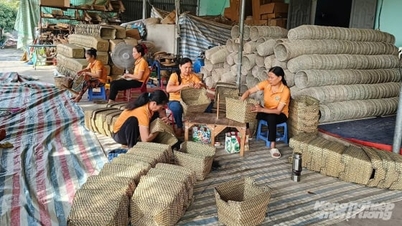




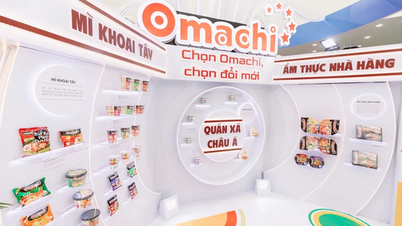



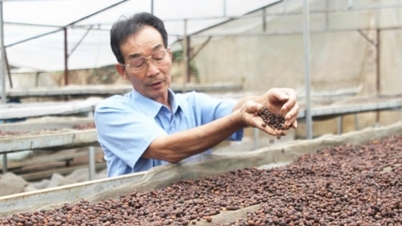





Comment (0)